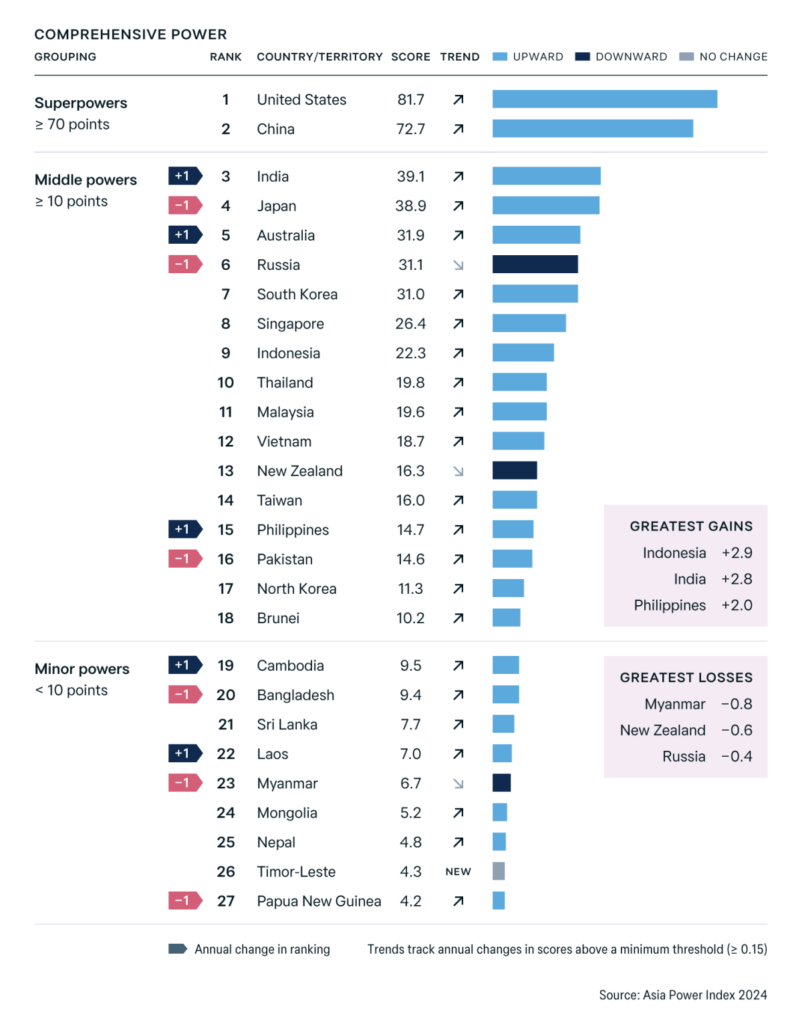WHO SEARO Regional Director Saima Wazed underlined that the best antidote for crisis is cooperation and underscored the need for collaborative regional action to build on the public health gains and overcome new threats in the region.
India has launched the world’s largest publicly funded health assurance scheme, the Ayushman Bharat Pradhan Mantri – Jan Arogya Yojana, which covers over 120 million families, providing an annual hospitalization benefit of USD 6,000 per family, said Union Health Minister J P Nadda on Monday.
“This expansion will benefit around 45 million families, including 60 million elderly population, by providing them free health insurance coverage. It underscores the government’s commitment to ensuring universal and inclusive healthcare for India’s growing elderly demographic,” said Nadda at the 77th session of the Regional Commission of the World Health Organisation (WHO) Southeast Asia Region, which kicked off here.
Nadda, who was elected as the chairperson of the session, highlighted that the government has recently expanded the scheme to all citizens aged 70 years and above.
Recognizing the growing public health challenges posed by non-communicable diseases (NCDs), the Union Health Minister said “India is implementing the National Programme for Prevention and Control of NCDs since 2010 to address conditions such as hypertension, diabetes and cardiovascular diseases. This initiative has led to the establishment of 753 NCD clinics, 356 Day Care Centers, and 6,238 Community Health Centers to focus on preventive measures at an early stage.”
India as a lighthouse country in the digital health arena, is poised to share its Digital Public Infrastructure (DPIs) such as Ayushman Bharat Digital Mission, e-Sanjeevani, Integrated Health Information Platform (IHIP), SAKSHAM, etc. by providing technical and financial support through the Global Initiative on Digital Health – a WHO-managed network, launched during India’s G20 Presidency, he said.
“Following the remarkable success of the CoWIN digital platform during the COVID-19 pandemic, India has conceptualized the online digital platform-UWIN, for the Universal Immunization Programme. The portal will register, track, and monitor all vaccination events,” he added at the three-day event.
Understanding the important role that traditional and complementary medicine plays across numerous Southeast Asian member states, Nadda emphasized that India has backed the WHO in creating the Global Traditional Medicine Centre, aimed at promoting these systems on a global scale.
“India’s experience in integrating this system with the conventional system of medicine has led to the provision of holistic healthcare, promoting overall well-being and expanding the range of healthcare services,” he added. “Our Ayushman Aarogya Mandirs that are community Health & Wellness Centres are significant in providing comprehensive healthcare through both traditional and conventional systems of medicines, ensuring the physical and mental well-being of our citizens,” Nadda said.
“We believe that collective experiences can drive transformative actions across countries. Health transcends borders, necessitating a holistic and collaborative approach. By learning from each other’s successes and challenges, we can enhance the resilience of health systems,” he said at the annual governing body meeting of WHO in the Region, which was attended by the member nations including Bangladesh, Bhutan, the Democratic People’s Republic of Korea, Indonesia, the Maldives, Myanmar, Nepal, Sri Lanka, Thailand, and Timor-Leste. The SEARO region has 11 member nations, including India.
He emphasized unity in addressing global challenges, fostering inclusive, human-centric growth, building trust by acknowledging aspirations, and harnessing each nation’s strengths for the global good.
WHO SEARO Regional Director Saima Wazed underlined that the best antidote for crisis is cooperation and underscored the need for collaborative regional action to build on the public health gains and overcome new threats in the region.
“In 1948, when the first Regional Committee for South-East Asia was formed, the infant mortality rate globally was around 147. Today it is 25. Then, the antibiotic age had just begun. Today, we are faced with antimicrobial resistance. Think of how far we have come, and how far we still have to go. And so, as we conquer old threats, we are faced with new ones. It is upon us to confront the perils of today, with the collective wisdom of all who came before us – and with the tools of the 21st century. This is why we are here today,” she said.
In his message to the Regional Committee, WHO Director-General Dr Tedros Adhanom Ghebreyesus lauded the Region for its many achievements in disease elimination and reiterated WHO continued support to Member States on addressing the challenges.
“Notwithstanding your many successes, the region faces many challenges, as you know: the growing burden of non-communicable diseases and mental health; the unfinished business of reducing neonatal and under-5 mortality; the growing threat of antimicrobial resistance; inequitable access to health services and essential medicines; the continuing burden of tuberculosis,” he said.
Ministers of Health, senior health officials, public health experts, and representatives from non-governmental organizations are attending the annual governing body meeting being held in New Delhi from October 7-9.
source/content: newindianexpress.com (headline edited)
